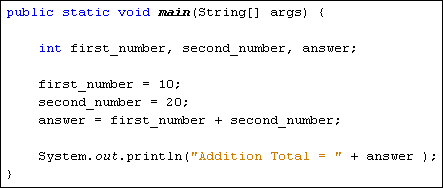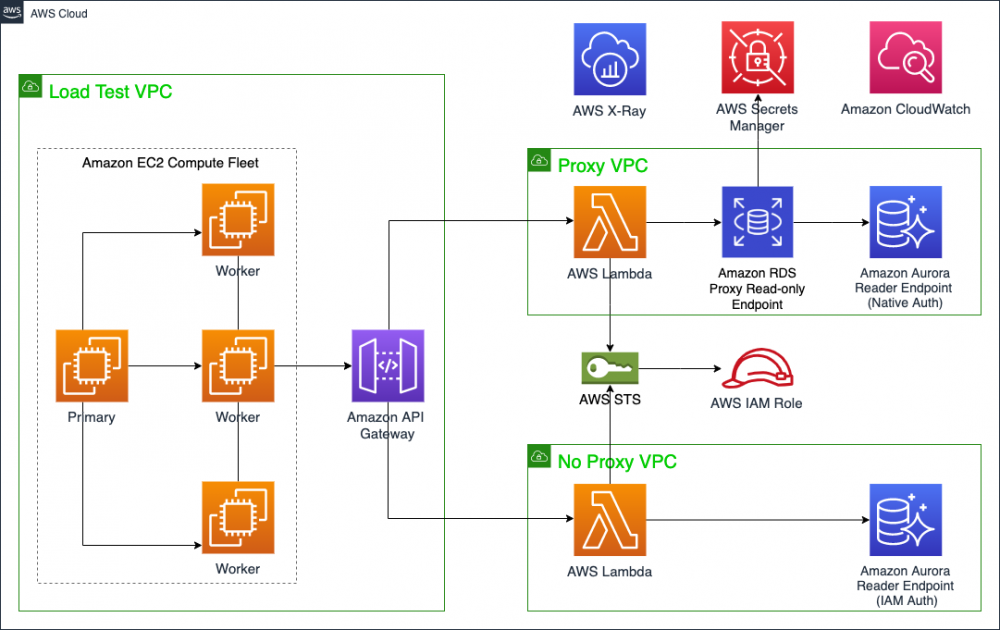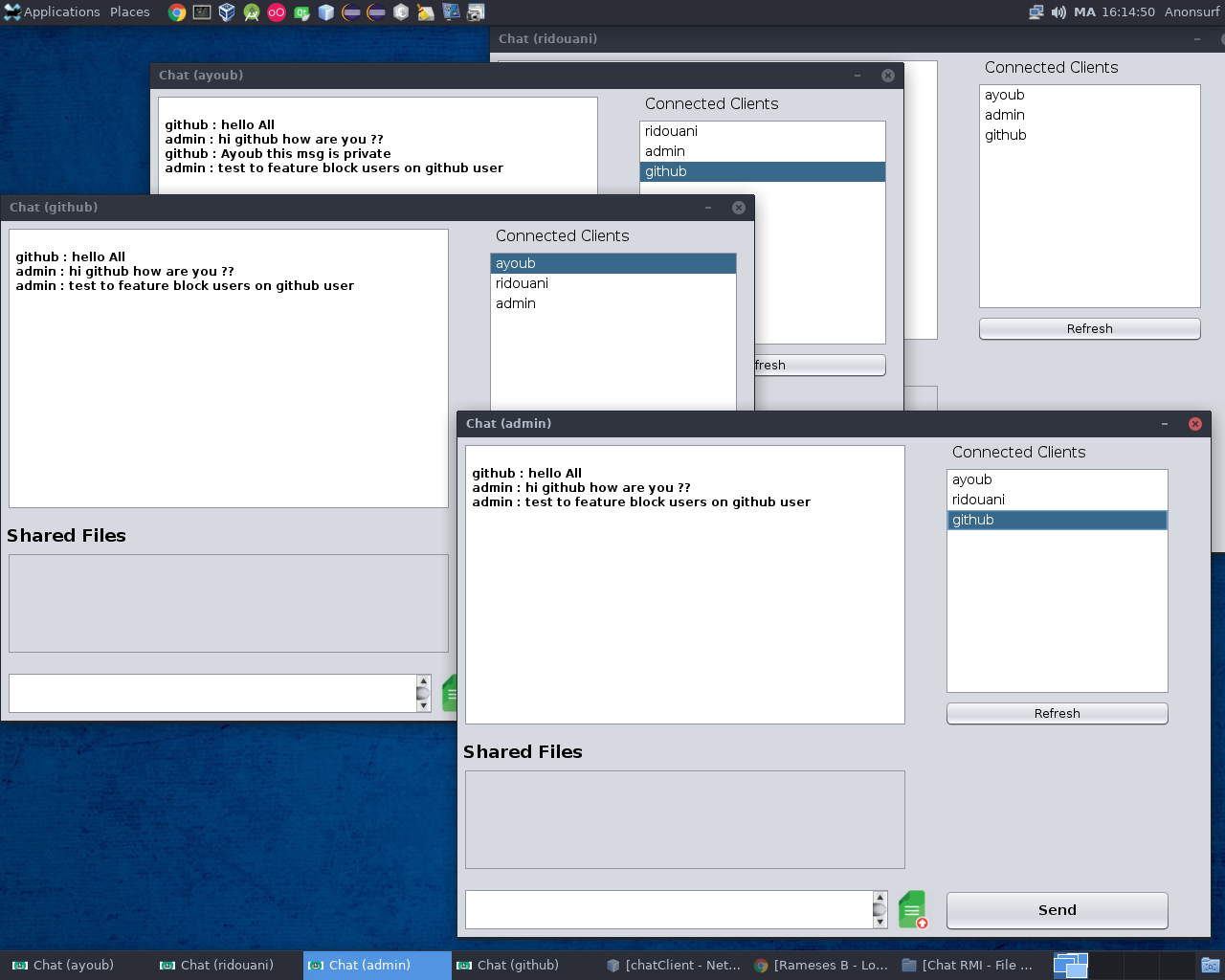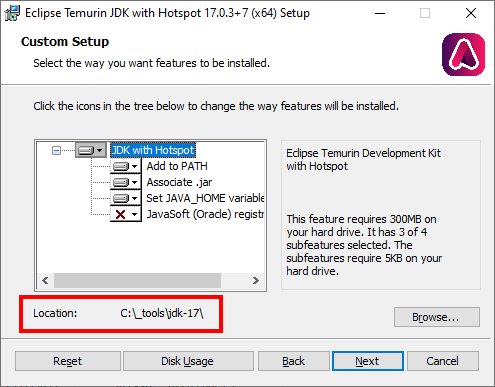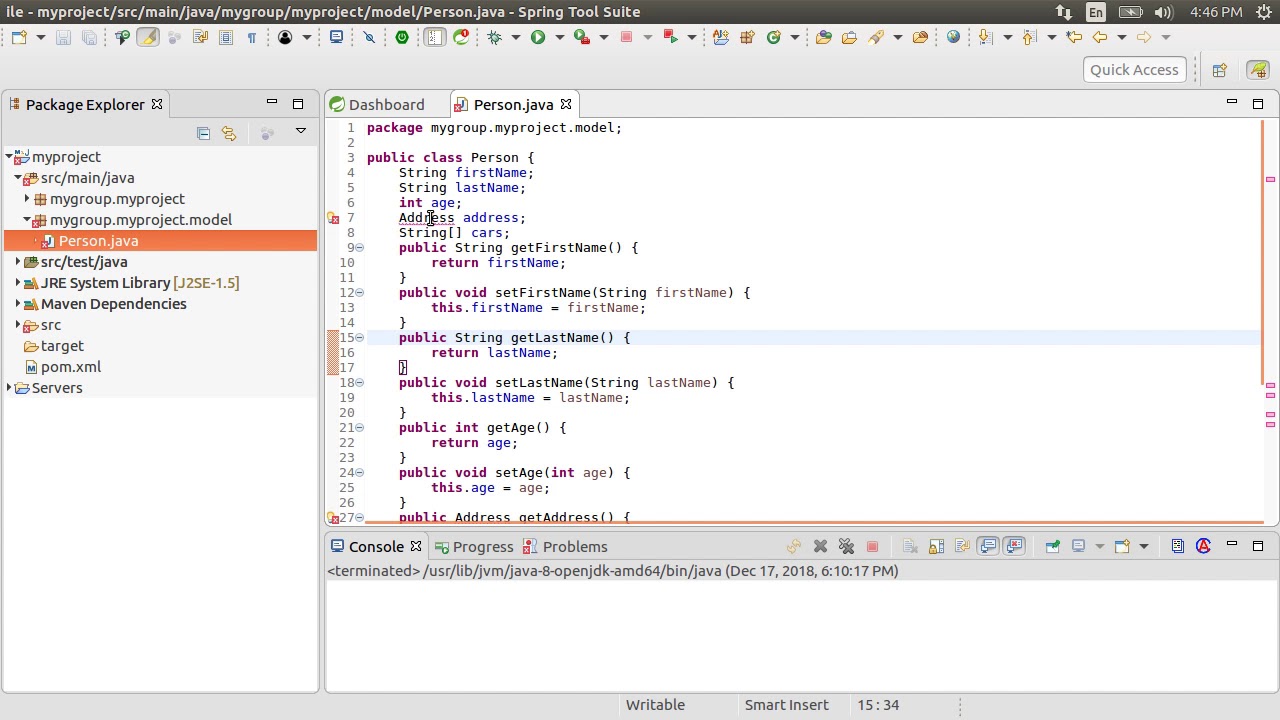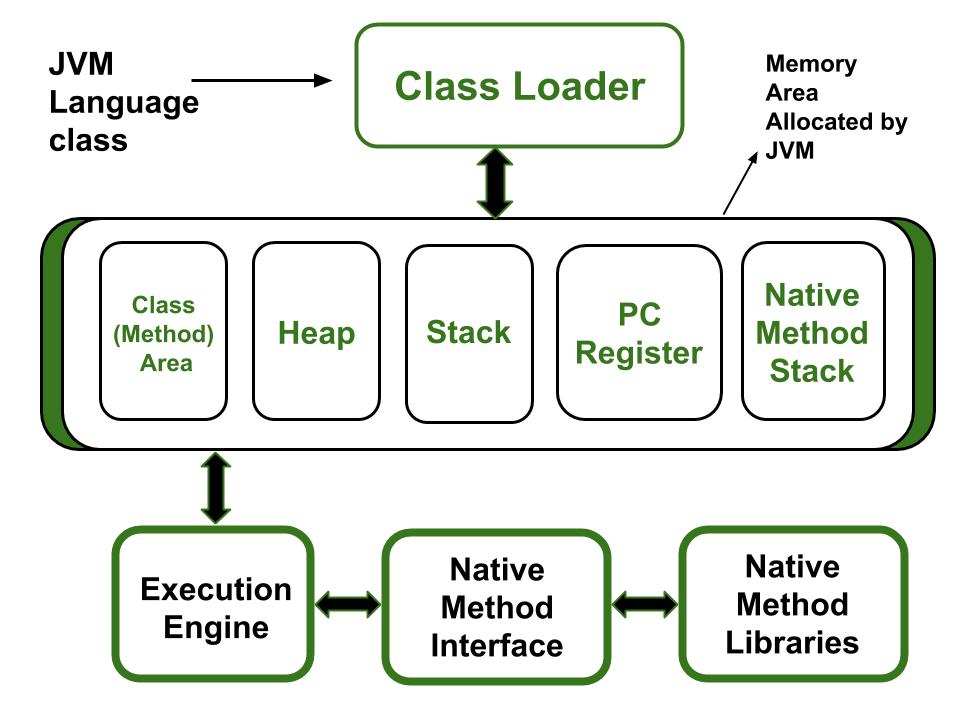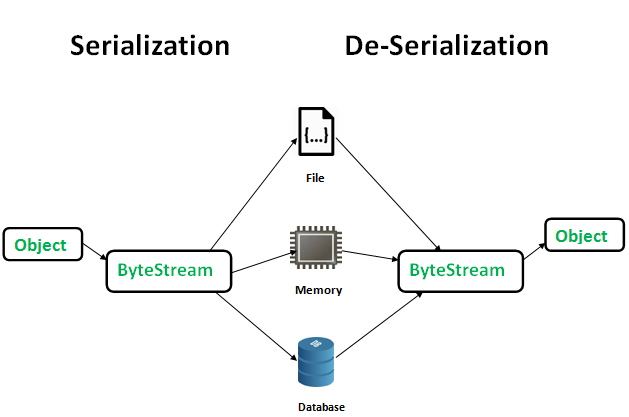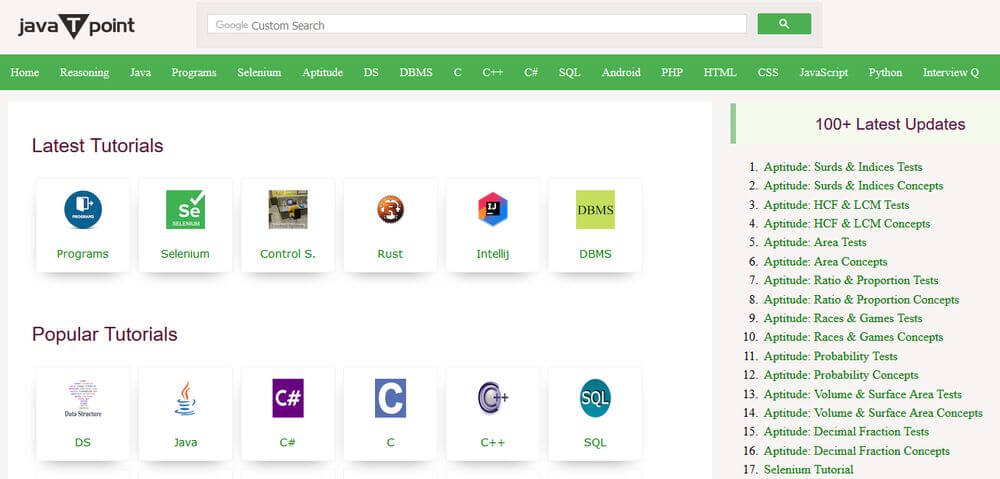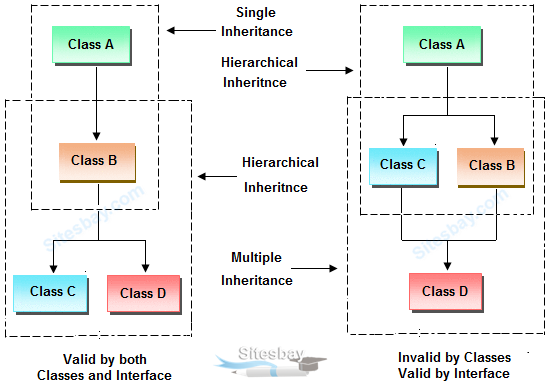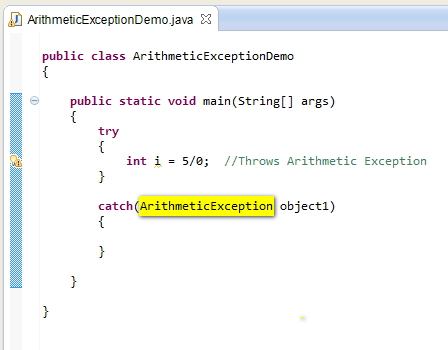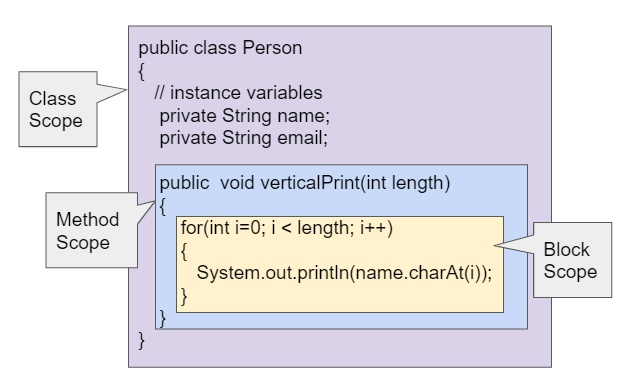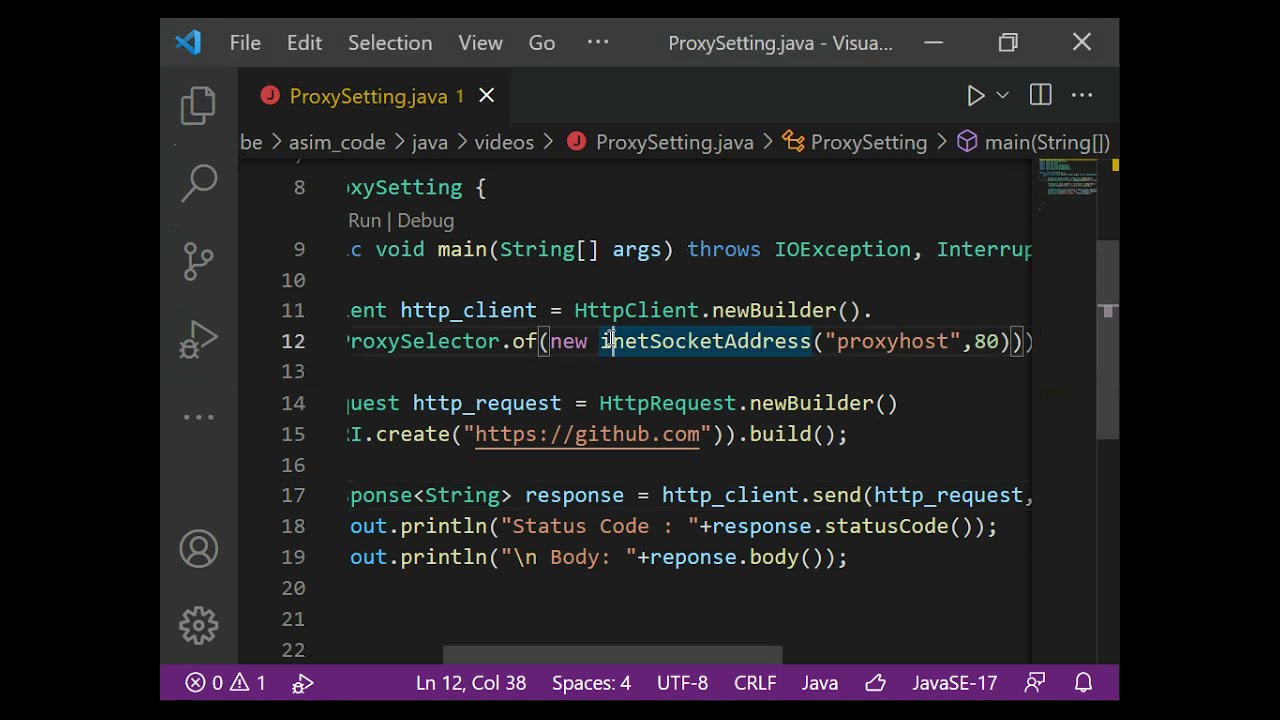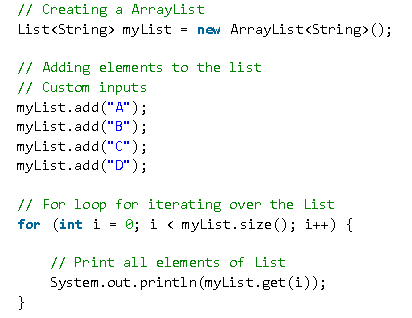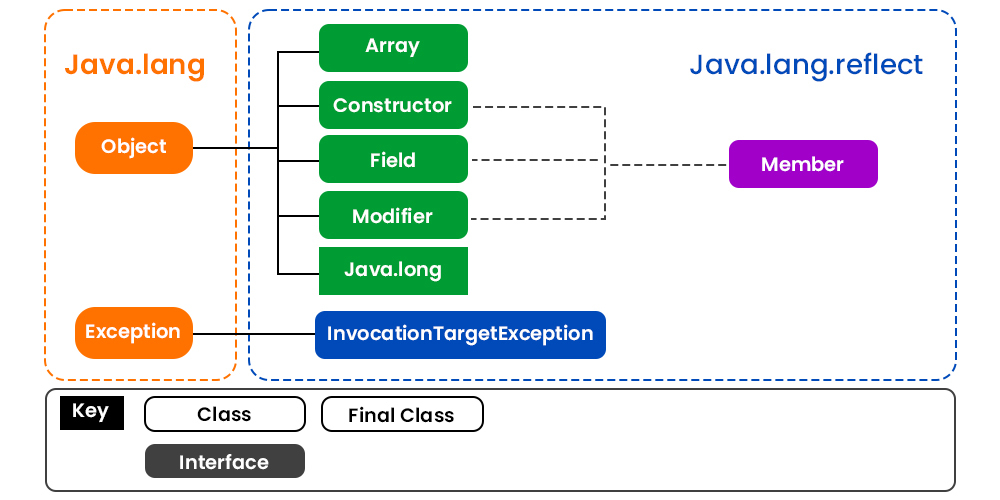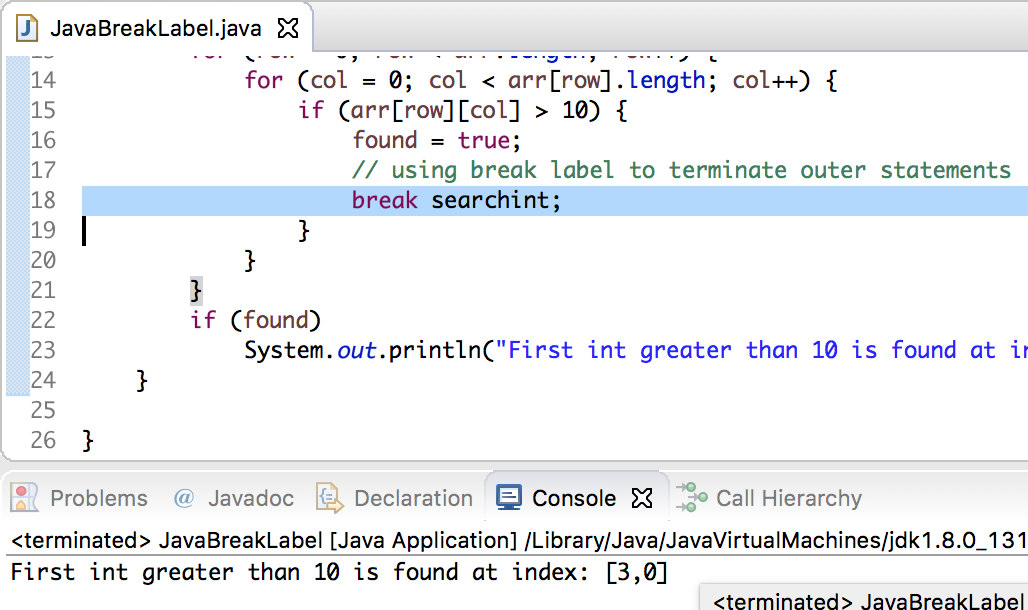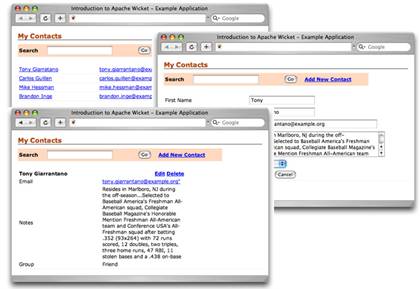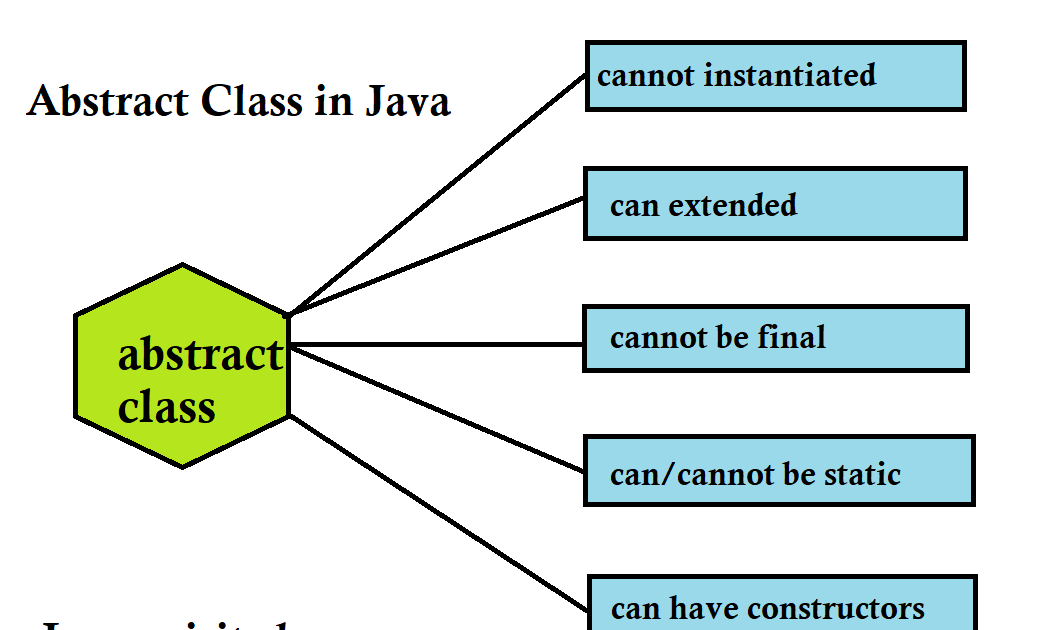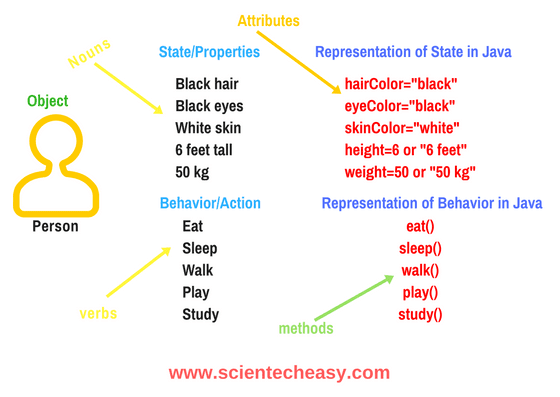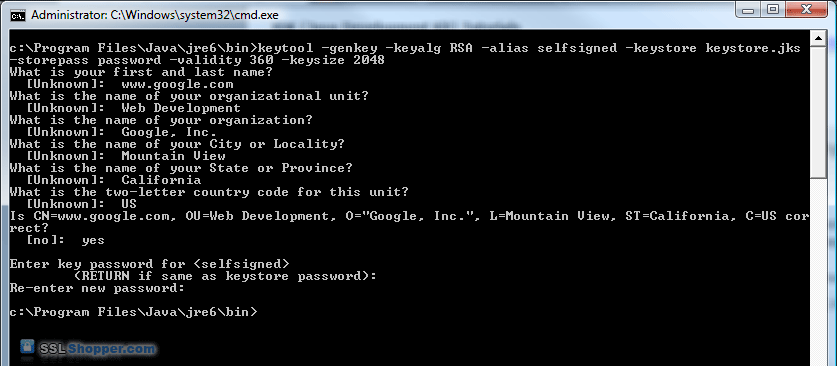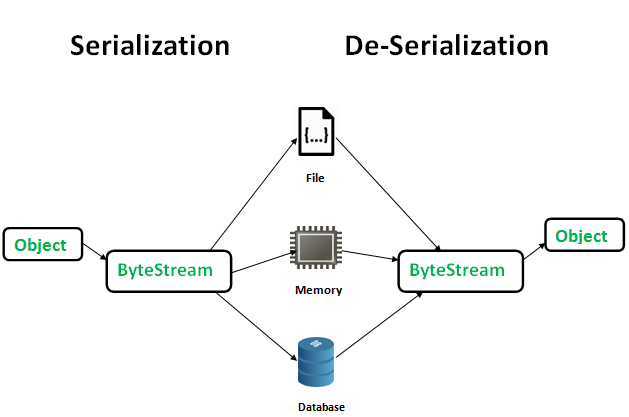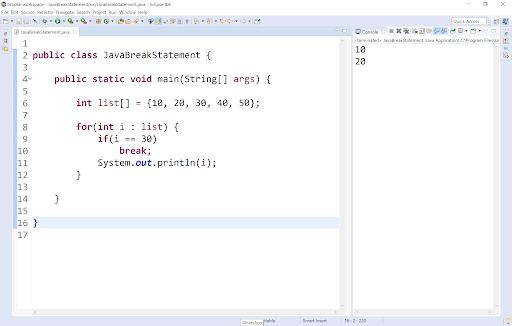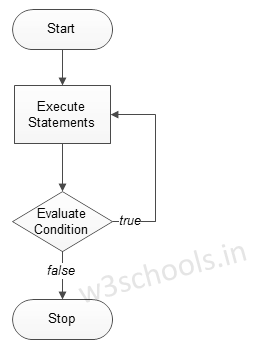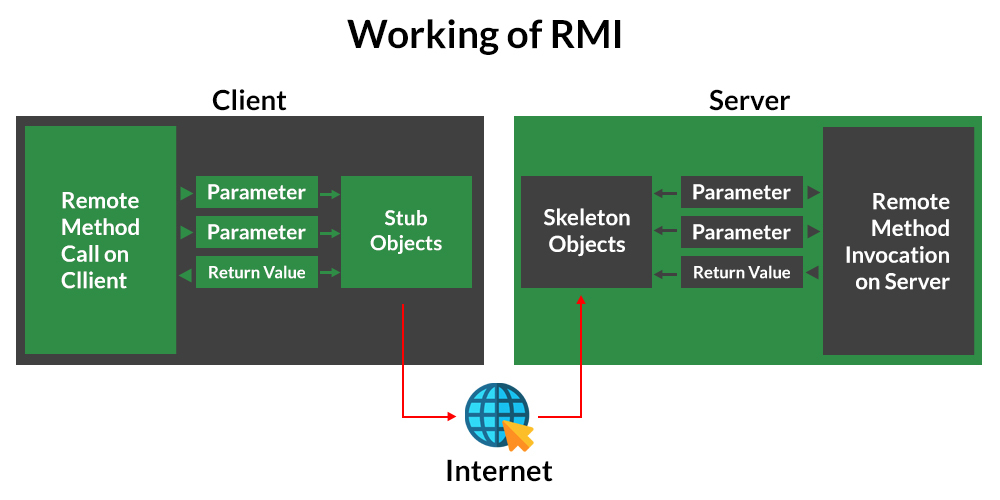Java Factory method
Java Factory method
I'm happy to respond in English!
Java provides a way to implement the Factory pattern through the use of static methods, which is known as the Static Factory Method. This approach allows you to encapsulate object creation logic within a class, providing more control and flexibility when creating objects.
Here's an example of how you can implement the Static Factory Method in Java:
public abstract class Animal {
public abstract void sound();
}
public static class Dog extends Animal {
@Override
public void sound() {
System.out.println("Woof!");
}
}
public static class Cat extends Animal {
@Override
public void sound() {
System.out.println("Meow!");
}
}
public class AnimalFactory {
public static Animal createAnimal(String type) {
if (type == null) {
return null;
}
switch (type) {
case "dog":
return new Dog();
case "cat":
return new Cat();
default:
throw new RuntimeException("Unknown animal type");
}
}
}
In this example, the AnimalFactory class provides a static method called createAnimal, which takes a string parameter representing the type of animal to create. Based on the input, it returns an instance of either the Dog or Cat classes, which are subclasses of the abstract Animal class.
The benefits of using the Static Factory Method include:
Decoupling: By encapsulating object creation logic within a factory class, you can decouple the client code from the specific implementation details of creating objects. Flexibility: The factory method allows you to easily add or remove support for different types of animals without modifying the client code. Improved Readability: The factory method provides a clear and concise way to create objects, making your code more readable and maintainable.To use the AnimalFactory class, you can simply call its createAnimal method and pass in the desired animal type:
public class Main {
public static void main(String[] args) {
Animal myDog = AnimalFactory.createAnimal("dog");
myDog.sound(); // Output: Woof!
Animal myCat = AnimalFactory.createAnimal("cat");
myCat.sound(); // Output: Meow!
}
}
In conclusion, the Static Factory Method in Java is a powerful tool that allows you to implement the Factory pattern with ease. It provides a flexible and maintainable way to create objects, making your code more readable and decoupled from specific implementation details.
What is the factory strategy pattern in Java?

The Factory Strategy pattern is a creational design pattern that allows you to create objects without specifying their concrete classes, allowing for greater flexibility and polymorphism.
In traditional object-oriented programming (OOP) approaches, when creating an instance of a class, the specific type of class needs to be specified explicitly. However, in scenarios where you have multiple related classes that share common functionality or interfaces, this approach can lead to code duplication, tight coupling, and maintenance headaches.
The Factory Strategy pattern helps address these issues by introducing an abstract factory interface and concrete factory implementations for each specific type of object. This allows clients to request instances of objects without knowing the exact class being created, making it easier to add new classes or change existing ones without affecting client code.
In Java, you can implement the Factory Strategy pattern using abstract classes, interfaces, and concrete classes. The general steps are:
Abstract Factory: Define an abstract factory interface that declares a method for creating objects (e.g.,createProduct()) and specifies the common functionality or interface shared by all related classes. Concrete Factories: Implement one or more concrete factory classes that extend the abstract factory and provide specific implementations for each type of object (e.g., ConcreteFactoryA creates instances of class A, while ConcreteFactoryB creates instances of class B). Product Interfaces: Define interfaces for the products being created, specifying the common functionality or methods shared by all related classes. Concrete Products: Implement one or more concrete product classes that implement the product interface (e.g., ClassA implements ProductInterface, while ClassB implements it as well).
Here's a simple example in Java:
// Abstract Factory: ProductFactorypublic abstract class ProductFactory {
public abstract Product createProduct();
}
// Concrete Factory: ClassAFactory
public class ClassAFactory extends ProductFactory {
@Override
public Product createProduct() {
return new ClassA();
}
}
// Concrete Factory: ClassBFactory
public class ClassBFactory extends ProductFactory {
@Override
public Product createProduct() {
return new ClassB();
}
}
// Product Interface: Product
public interface Product {
void doSomething();
}
// Concrete Products: ClassA, ClassB
public class ClassA implements Product {
@Override
public void doSomething() {
System.out.println("Class A does something.");
}
}
public class ClassB implements Product {
@Override
public void doSomething() {
System.out.println("Class B does something.");
}
}
// Client code
public class Client {
public static void main(String[] args) {
// Create a product using the ClassA factory
ProductFactory factory = new ClassAFactory();
Product product = factory.createProduct();
product.doSomething();
// Create another product using the ClassB factory
factory = new ClassBFactory();
product = factory.createProduct();
product.doSomething();
}
}
In this example, ProductFactory is the abstract factory interface, while ClassAFactory and ClassBFactory are concrete factories that extend it. The Product interface represents the common functionality shared by all related products (in this case, classes A and B). The client code uses the factories to request instances of the products without knowing the specific class being created.
By decoupling clients from concrete product classes through the use of abstract factories, you can achieve greater flexibility in your design, making it easier to add new products or change existing ones without affecting client code.
